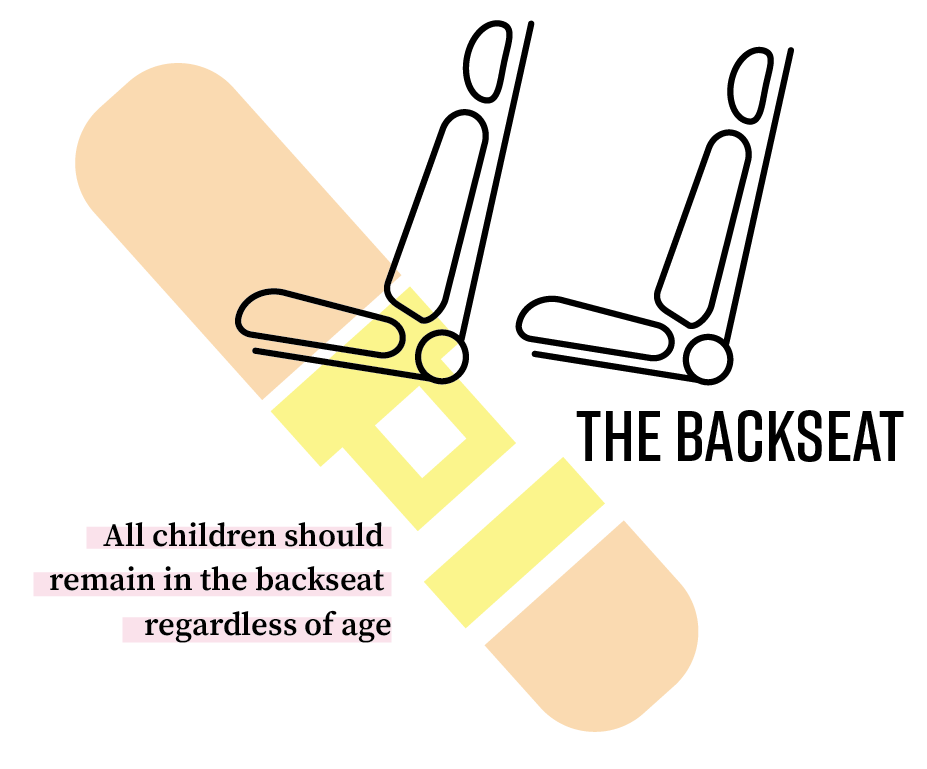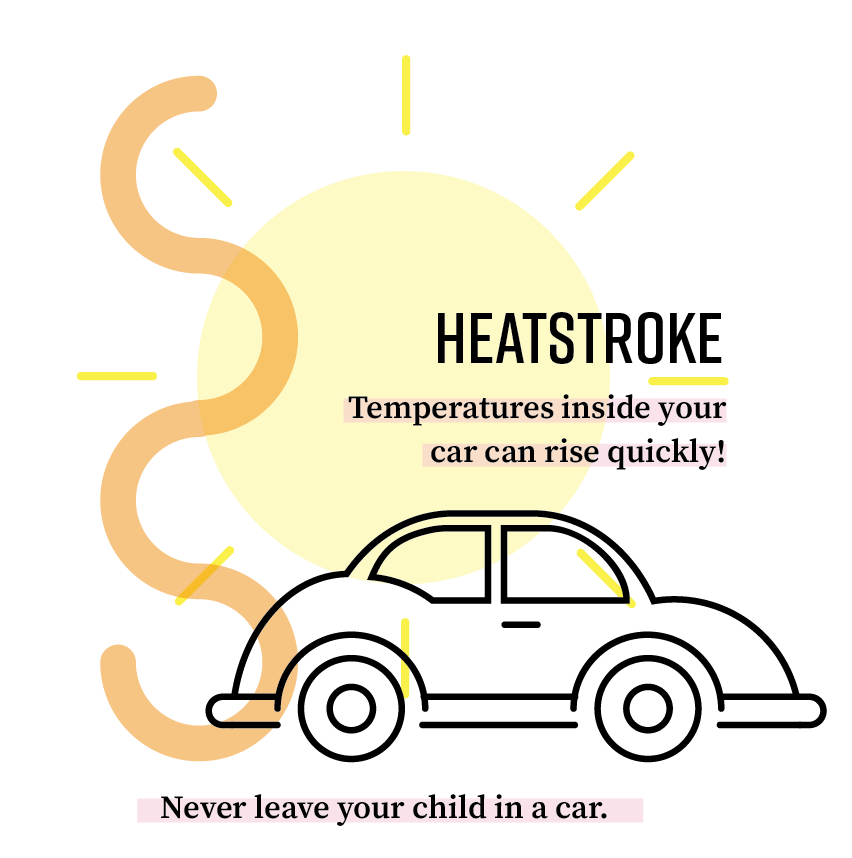When it comes to keeping kids safe while driving, we have made great strides over the years. Our parents like to wax nostalgic over “the good old days,” but there’s a lot to be said for modern technology. When car seats first appeared in the 1930s, they were rudimentary contraptions designed for the convenience of the parent—there was no emphasis on actually keeping the child safe! Early models attached to the back of a seat with a length of cord (if they were secured at all). It wasn’t until 1962 that car seats were designed to take advantage of seat belts, and it take another nine years before the National Highway Traffic Safety Administration (NHTSA) implemented safety regulations.
Car seats have continued to evolve over the years and now incorporate many safety features that didn’t exist before. They are required in all states and come in different sizes to meet the needs of your growing child. There are even expiration dates and occasional safety recalls. Despite these improvements, automotive accidents remain the leading cause of childhood injuries and deaths. Many of these incidents can be attributed to improper car seat usage.
The following car seat safety tips will help protect your child, whether you’re driving a few blocks to grab a gallon of milk or motoring cross-country to visit grandma and grandpa.
Choose the Right Seat for Your Child
The proper car seat depends on your child’s age and size.
- All children under one year of age should be confined to a rear-facing car seat. In fact, rear-facing seats are the safest choice for children up until the age of three. Keep them in a rear-facing seat until they reach the height or weight limit.

- Once your child outgrows the rear-facing seat, they should ride in a forward-facing seat with a harness or tether. You might want to consider a convertible seat that switches from rear-facing to forward-facing as your child grows. Children should reach the maximum height/weight limit sometime between the ages of 4-7.
- When they have outgrown the forward-facing seat, switch to a booster seat—but keep them in the backseat.
- Your child can graduate to wearing a seatbelt once it fits properly (generally between the ages of 8-12). Make sure the lap belt lies snugly across the thighs (not the stomach) and the shoulder belt fits across the shoulder and chest.
- All children should remain in the backseat regardless of age; it’s the safest place in the event of an accident.

Install the Seat Properly
Installing a car seat isn’t rocket science, but with all the bells and whistles, many of today’s models do require a bit of work to ensure they are secured correctly.
- Read the instruction manual carefully. YouTube videos are helpful if you need visual guidance.
- Familiarize yourself with the different parts:
- Lower anchor attachments (rear-facing car seats) are used to install the seat to the vehicle’s lower anchors.
- Tethers (front-facing car seats) are made to attach to the vehicle’s tether anchors.
- Have a certified technician inspect your car seat. Most provide this service free of charge and can help show you how to do it if you still have questions.
Register Your Car Seat
This way, you’ll be alerted to any recalls or safety notices.
Keeping Older Children Safe
Just because your kids have outgrown car seats and booster seats doesn’t mean they are immune from other car-related hazards. Be aware of the following dangers in and around automobiles:
- Heatstroke. Never leave a child unattended in a vehicle regardless of the weather outdoors. The temperature inside your car can rise quickly, even when it’s cool or cloudy outside, leading to heatstroke. Make sure your vehicle is locked at all times and the keys are kept out of reach.

- Backovers. Before backing out of a driveway or parking space, walk around the perimeter of your vehicle to make sure there aren’t children in the vicinity. Look over your shoulder while backing up slowly and check your mirrors. Teach children at an early age to avoid playing near cars.
- Trunk Entrapment. Trunks can tempt curious children looking for a place to explore or hide during a game of hide and seek. Instruct children that trunks are places for storing cargo and unsafe to play in. If they become trapped inside, they can suffer heatstroke or asphyxiation—both of which may prove deadly.
- Power Windows. Windows can cause injury when they close on a child’s fingers, wrist, head or hands. Make sure your kids are properly restrained while driving, teach them to never play with window switches, and make sure to lock the power window switch at all times.
WORDS BY MARK PETRUSKA
GRAPHICS BY MACKENZIE YORDY

